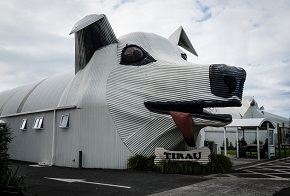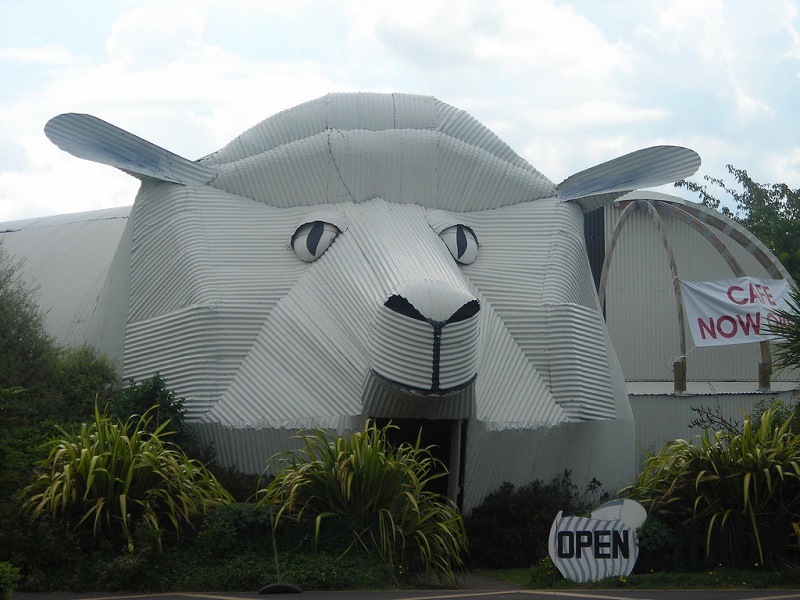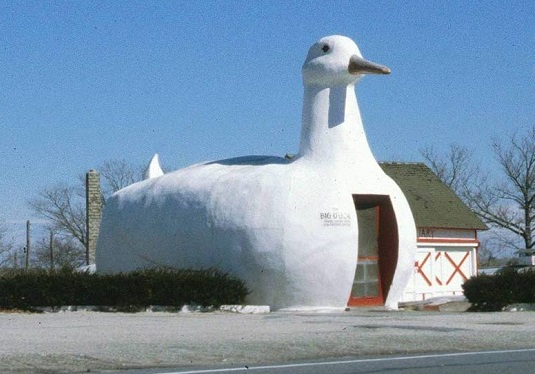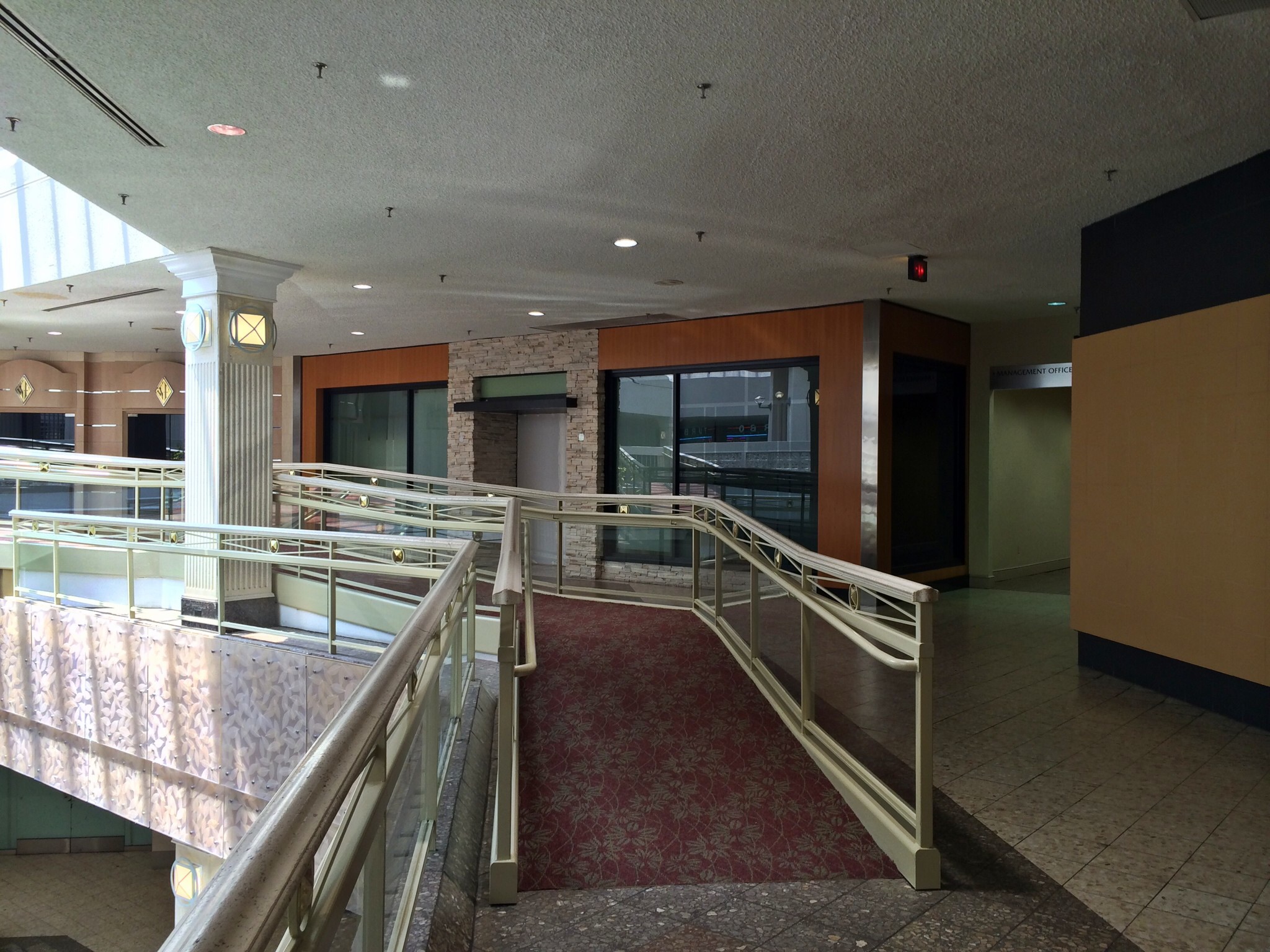White elephant
The abandoned Olympic Softball Stadium, built for the 2004 games in Athens. (Photo taken in November 2018.)
'White elephant' is a term typically associated with something that is very expensive but not useful and which cannot be easily disposed of. It originates from a tradition in Southeast Asia in which monarchs kept white elephants that could not be used for practical tasks due to their sacred nature.
The term white elephant became popular during the 1800s in Western society. It was applied to possessions that were expensive but did not serve the purpose for which they were purchased.
In modern times, it is often used to describe buildings or building projects that are extremely expensive both to undertake and maintain, and that may not achieve their original intent. It can also refer to large real estate developments that are no longer profitable.
White Flint Mall, located in the wealthy suburbs of Washington, DC, opened in 1977. As retail habits changed, stores within the mall closed and abandoned the property, leaving it mostly vacant. Demolition of the 850,000-square-foot (79,000 m2) structure began in 2015, and the last remaining tenant, Lord & Taylor closed on 2 August 2020.
Former Olympic parks are commonly described as white elephants, as are other sports facilities, defunct retail outlets or large industrial or manufacturing sites. Some infrastructure projects eventually turn into white elephants if public demand is low or the structure becomes obsolete by the time the project is completed.
The 'Unusual buildings' article includes examples of weird and wonderful projects - some of which might literally be considered white elephants

|

|

|

|
[edit] Related articles on Designing Buildings Wiki
Featured articles and news
RTPI leader to become new CIOB Chief Executive Officer
Dr Victoria Hills MRTPI, FICE to take over after Caroline Gumble’s departure.
Social and affordable housing, a long term plan for delivery
The “Delivering a Decade of Renewal for Social and Affordable Housing” strategy sets out future path.
A change to adoptive architecture
Effects of global weather warming on architectural detailing, material choice and human interaction.
The proposed publicly owned and backed subsidiary of Homes England, to facilitate new homes.
How big is the problem and what can we do to mitigate the effects?
Overheating guidance and tools for building designers
A number of cool guides to help with the heat.
The UK's Modern Industrial Strategy: A 10 year plan
Previous consultation criticism, current key elements and general support with some persisting reservations.
Building Safety Regulator reforms
New roles, new staff and a new fast track service pave the way for a single construction regulator.
Architectural Technologist CPDs and Communications
CIAT CPD… and how you can do it!
Cooling centres and cool spaces
Managing extreme heat in cities by directing the public to places for heat stress relief and water sources.
Winter gardens: A brief history and warm variations
Extending the season with glass in different forms and terms.
Restoring Great Yarmouth's Winter Gardens
Transforming one of the least sustainable constructions imaginable.
Construction Skills Mission Board launch sector drive
Newly formed government and industry collaboration set strategy for recruiting an additional 100,000 construction workers a year.
New Architects Code comes into effect in September 2025
ARB Architects Code of Conduct and Practice available with ongoing consultation regarding guidance.
Welsh Skills Body (Medr) launches ambitious plan
The new skills body brings together funding and regulation of tertiary education and research for the devolved nation.
Paul Gandy FCIOB announced as next CIOB President
Former Tilbury Douglas CEO takes helm.
UK Infrastructure: A 10 Year Strategy. In brief with reactions
With the National Infrastructure and Service Transformation Authority (NISTA).
























